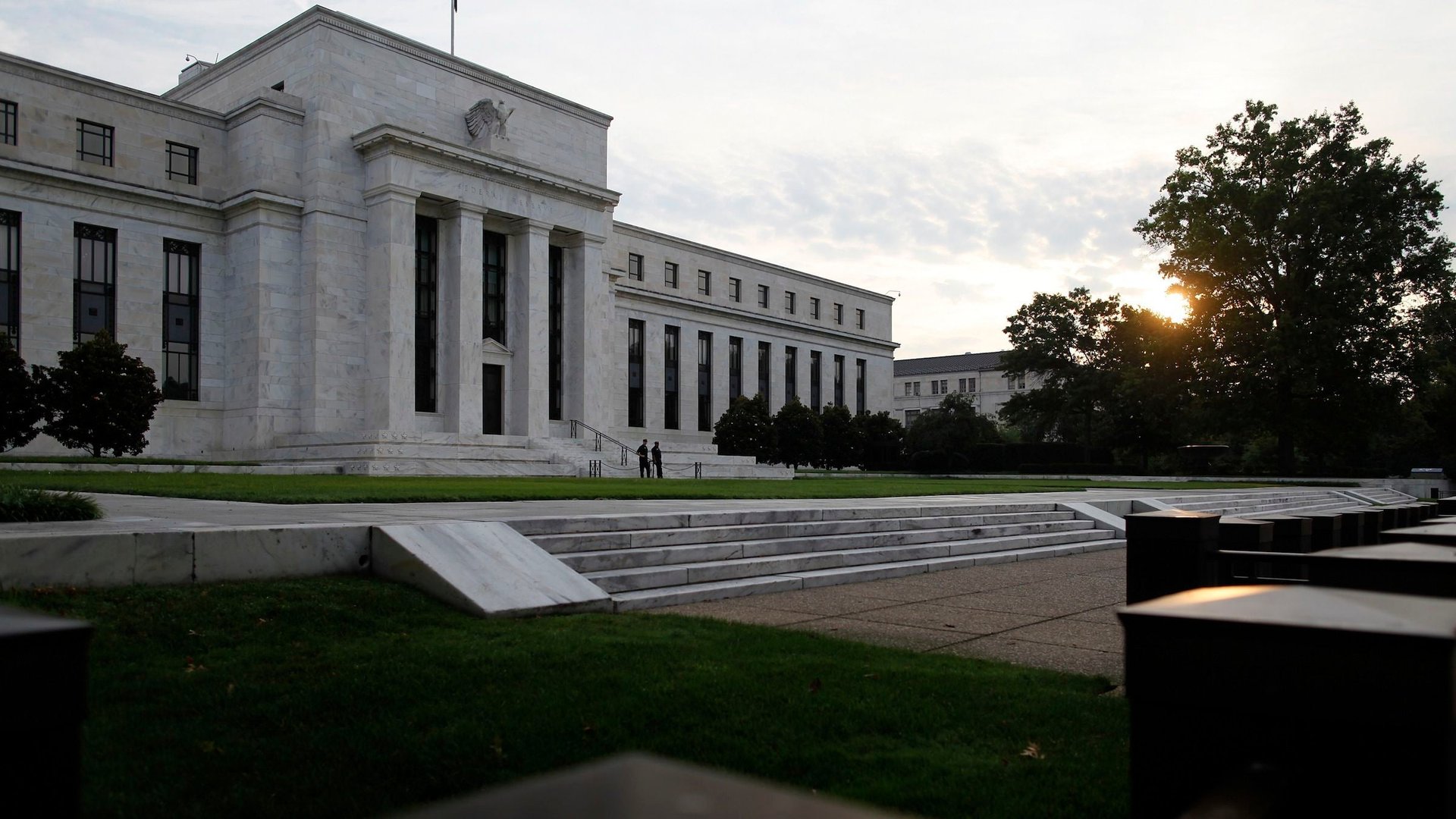What you need to know about the rule designed to prevent the next global banking collapse
Newly cast leverage ratio rules adopted by US regulators yesterday are set to make it more difficult for the biggest US banks to go back to their old pre-crisis borrowing ways. The measure centers on something known as a supplementary leverage ratio. In basic terms, a leverage ratio is the amount of debt that a company carries on its balance sheet relative to the amount of total assets it owns.


Newly cast leverage ratio rules adopted by US regulators yesterday are set to make it more difficult for the biggest US banks to go back to their old pre-crisis borrowing ways. The measure centers on something known as a supplementary leverage ratio. In basic terms, a leverage ratio is the amount of debt that a company carries on its balance sheet relative to the amount of total assets it owns.
The new supplementary leverage ratio rule being adopted, as a function of the Dodd-Frank financial overhaul passed in 2010, forces the largest US financial institutions to retain more equity on their books to support the total assets. That’s regardless of the quality of the asset the bank is holding, according to the new rule. So if a bank owns cash or extremely high-quality US government debt, like Treasurys, the financial institution must either retain a certain percentage of its own equity in support of that holding or right-size its holdings of assets to match its equity. (Equity is an important cushion of the banks own money that helps absorb losses on investments in assets like securities and loans.)
When this rule was proposed last year in July, the matter of quality of the asset was a big point of contention between regulators and banks, who argued that higher quality holdings should be excluded from the leverage ratio rule. Regulators apparently don’t agree. Apparently they remember how many subprime mortgage bonds in the US were considered just as safe as US Treasurys—holding the same AAA bond rating—before the crisis hit and the market quickly changed its mind on how risky these packages of home loans really were. Anyway, here’s the run down of whom the new rule affects:
- The biggest banks with $700 billion in total assets or $10 trillion under management are affected. Those include: Bank of America, Bank of New York Mellon, Citigroup, Goldman Sachs, JPMorgan Chase, Morgan Stanley, State Street Corp. and Wells Fargo.
- The rule means the banks must have 5% of equity at the bank holding company and more, 6%, at their subsidiaries.
- The European leverage ratio standard is 3%. In other words 2% to 3% higher than European rivals. (This has been another key criticism of the rule by banks, who argue that the new rules makes them less competitive than their peers across the pond.)
- The eight big financial institutions may need to raise between $68 billion and $95 billon to comply with the rule.
- The open comment period ends June 13.
- Banks will need to start showing they are making progress toward the rule by 2015.
- The supplementary leverage ratio rule is slated to become effective Jan. 1 2018 (so banks will have four years to adjust their balance sheets, although some will aim to comply earlier).
- The rule may impact shareholder returns for banks because they will be compelled to hold more equity on their balance sheets rather than distributing it to shareholders in the form of dividends or share repurchases.
- In fact, the penalty for not complying with the rule is that regulators at the Federal Reserve can restrict the firm’s use of capital.
- Fed governor Dan Tarullo commented on the new rule saying “it helps compensate for possibility the risk-weighted measures understate the risk that large holdings of assets that are very safe in normal times may, as we observed during the financial crisis.” Here are Tarullo’s full comments.
- It still remains to be seen how regulators will treat off-balance-sheet assets under the leverage ratio rules.